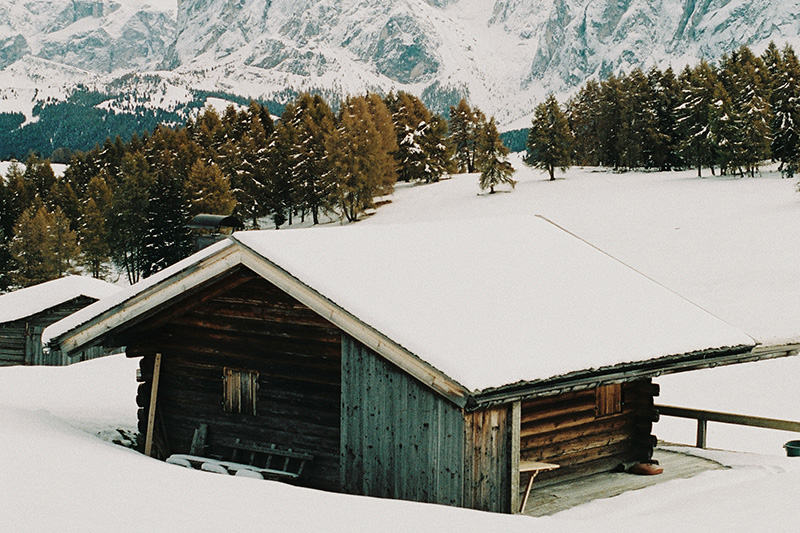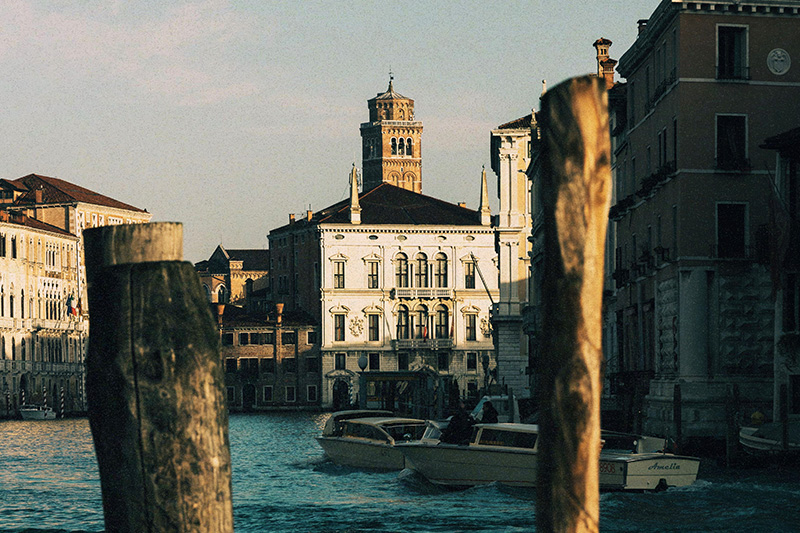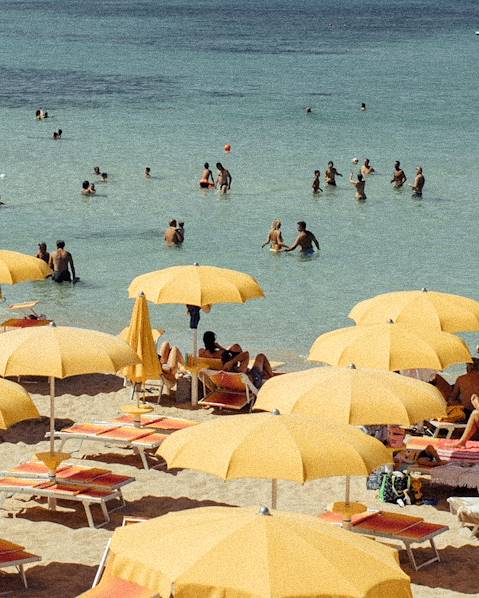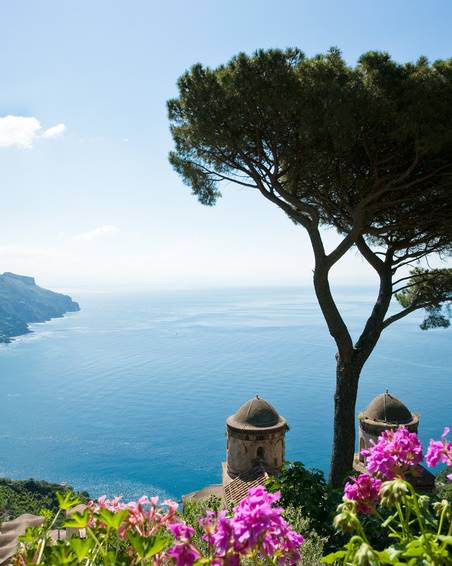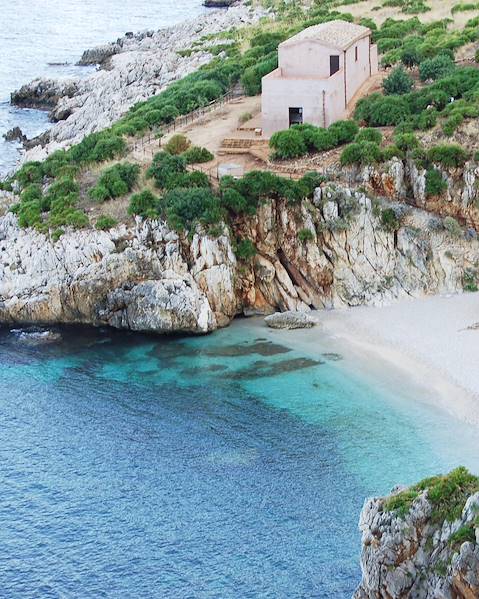Boasting a diverse climate to match its diverse landscape, holidays in Italy offer something for every traveller in every season. Snow-capped mountains in the north, sunny Mediterranean shores in the south and culturally rich cities scattered from top to toe all mean that the best time to visit Italy depends on what you wish to experience. In winter, head north for skiing or venture further inland to explore crowd-free cities. Spring and autumn bring comfortable climates and blooming landscapes, perfect for exploring iconic landmarks and hiking trails. If it’s heat you’re after, summer transforms the entire country into a sun-soaked paradise with toasty seas and bustling beaches. So, whether you’re an off-season traveller or eager to experience the energy of Italy’s lively summers, our month-by-month guide will help you plan your ideal Italian adventure.
Florence and Tuscany
Tuscany is blessed by its location - close to the Mediterranean (to the west), and with mountains to the north. This is truly a transitional area, with very hot summers in July and August, sometimes with very heavy rains. A stay in the highlands of Tuscany is a way of avoiding this variable climate. Autumn and spring are more pleasant, with average temperatures above 25°C, and you avoid the heat waves of the plains. In Florence, the average maximum temperature is 30°C in July and August, and 'only' 26°C in July or September.
The Italian Lakes and northern Italy
The Italian Lakes region of northern Italy (with Lake Maggiore, Lake Como and Lake Garda) is a warm region, which benefits directly from the influence of the Mediterranean climate. Summers in the Italian Lakes region are dry, with high temperatures, while in winter you can expect heavy rain. July and August clearly have the best sunshine, for lakeside walks. The further towards northern Italy you head, the greater the influence of the continental climate, with greater variations between seasons.
Puglia
Puglia has a Mediterranean climate. Enjoy warm and sunny weather from the end of April. Summers in Puglia are fairly long, from the end of May to September, with maximum average temperatures of 30°C in July and August. Even winter is relatively mild in Puglia, with the temperatures only really dropping as of December.
Naples and the Amalfi Coast
Naples is a Mediterranean city with a warm and fairly dry climate in summer, and milder temperatures and rainfall in winter. The average maximum temperature is around 29°C in the summer and can drop to around 12°C in the winter. In Naples and on the Amalfi Coast, the sunniest time, ideal for exploring the region, is between May and October. Be aware, however, that the region's mild climate makes for a very pleasant stay in winter, too, with no temperature extremes.
Rome and Abruzzo
With the mountains (the Apennines) nearby, the Abruzzo region is no stranger to rainfall, and temperatures here are relatively low. Both temperature averages and rainfall can vary depending on the distance from the coast. On the coast (particularly Rome), the climate is Mediterranean, with hot, dry summers and mild, wet winters. Further inland, the valleys and hills experience a more continental climate. The climate is hot in summer but cold and dry in winter. At altitude, the cold and humidity dominate all year round.
Sardinia
Although not far from Corsica, Sardinia is different, with much scanter rainfall than the island across the Strait of Bonifacio. In Sardinia, the climate is mild and very dry. The mountainous centre of the island is naturally exposed to a harsher climate, with very cold winters which see snow on some peaks. Sardinia is very exposed to the Mistral, Ponente and Sirocco winds, so the spring season (April) will be the windiest.
Sicily
The summer months in Sicily hot. The average maximum temperature is 30°C, and even September remains quite hot, averaging 28°C. May and June are more pleasant, with blossoming flowers. If you still plan to visit in the middle of summer, protect yourself from the scorching and very dry sun, which forces many Sicilians to stay in the shade, and only venture out in the evenings. This makes May/June, or September/October the most pleasant times to visit. As a precaution, pack a light jumper, as some evenings can be cool, even in summer.
Venice and Veneto
Venice has the same subtropical climate as the Po Valley. Summers here are hot, with an average maximum temperature of 28°C in July. Winters are cold, with frost and fog frequent visitors to the city. Fortunately, rain is fairly scarce in the cooler months, but is a constant in autumn and severe (in the form of thunderstorms) in summer. Veneto has a continental climate in the plains and low hills and a Mediterranean climate on the Adriatic coast.












